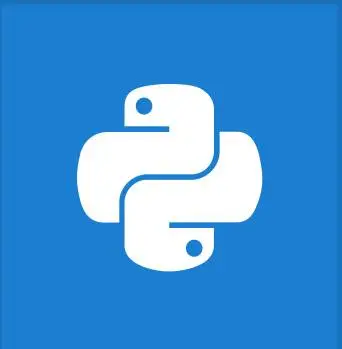


Python 中的 bool 函数接收一个值作为输入,并根据布尔约定返回其布尔值,即 True 或 False。
bool([value]) #where value any object,like String,List,Number etc.
bool 函数只接受一个参数。如果传入一个值作为参数,将返回其等效的布尔值,即 True 或 False。
| 参数 | 描述 | 必需/可选 |
|---|---|---|
| 值或空 | Bool 只接受一个参数,如果未传入参数则返回 False。 | 可选 |
传入除表中提及的输入之外的任何其他输入,都将返回 True。
| 输入 | 输出 |
|---|---|
| None | False |
| False | False |
| 值为零的数字 | False |
| 空的可迭代对象,如 ()、{}、[] 等 | False |
| 具有返回 0/False 的 __len__ 或 __bool__ 方法的类 | False |
eg_string = ‘0’
print(bool(eg_string))
输出
True
iterable = [False]
print(bool(iterable))
输出
True
empty_iterable = []
print(bool(empty_iterable))
输出
False